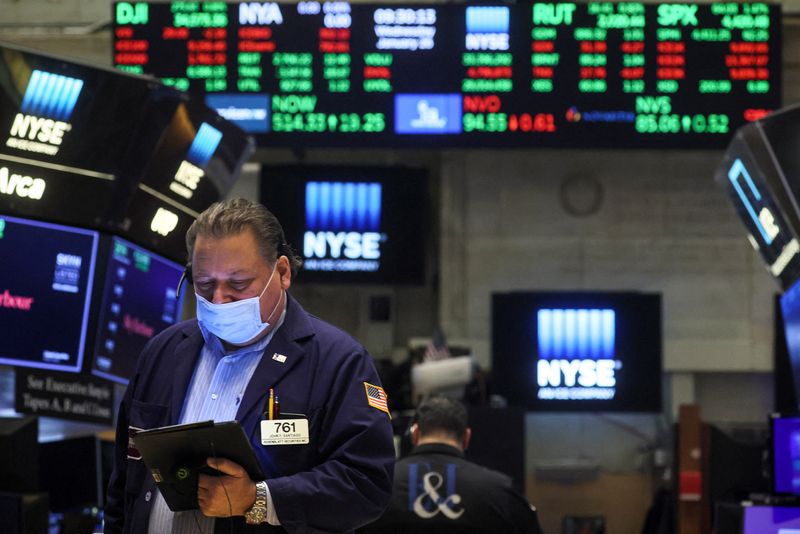A Federal Reserve rate cut in September could provide a boost to equities and lead to a temporary reduction in market volatility, according to analysts at Barclays.
The bank's note suggests that while a global easing cycle is imminent, there are lingering uncertainties about the pace and depth of these cuts.
At the Jackson Hole conference, Fed Chair Jerome Powell strongly hinted at a rate cut in September, signaling the end of one of the longest periods between the last rate hike and the first rate cut in post-World War II history.
Barclays analysts noted that the "implied move around the Sep FOMC rate decision is in line with two years of history," indicating that while a rate cut is expected, there remains some uncertainty, particularly regarding the possibility of a more significant 50 basis point cut.
The bank said that historically, equities have responded positively to the start of a rate-cutting cycle, especially in the absence of a recession, which Barclays considers a base case for the near term.
They highlighted that in the 12 cutting cycles since 1957, the S&P 500 has typically posted strong returns both before and after the first cut, provided the economy doesn't enter a recession.
Furthermore, they said market volatility tends to decrease about a month into the first rate cut. With current realized volatility being significantly above the median level observed during similar historical instances, Barclays sees further reason to believe that "conditions are in place for realized vol to decline."
"However, the decline was historically short-lived (peaked 4m post-first cut). Additionally, election risk may provide a strong tailwind for vol," Barclays concluded.
